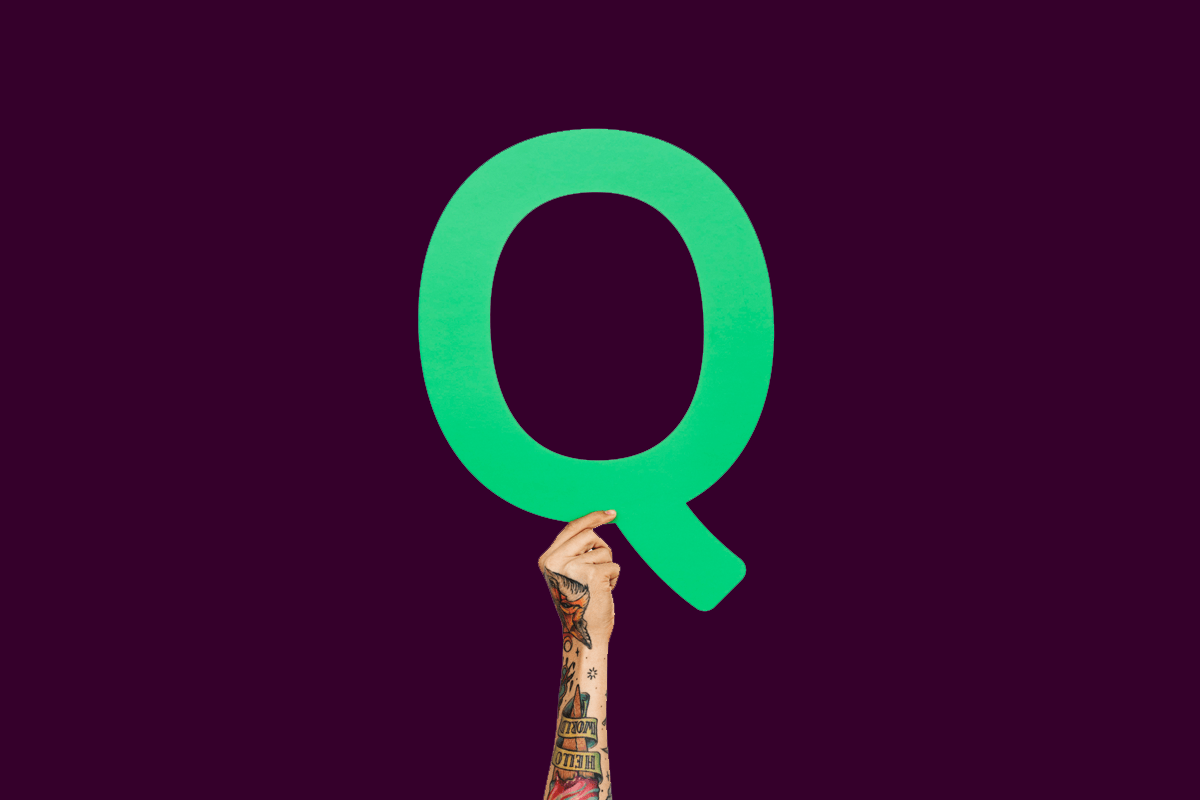
Introduction
In the realm of social interactions and self-discovery, the Rice Purity Test has emerged as a curious and intriguing phenomenon. Originally created by students at Rice University, this test has transcended its origins and become a widely used metric for assessing an individual’s perceived level of innocence and moral purity. The Rice Purity Test is a questionnaire comprised of various statements that respondents must truthfully answer based on their past experiences. With each statement, participants reveal aspects of their personal lives, from romantic encounters to experiences with substances. In this article, we will delve into the history, purpose, and cultural impact of the Rice Purity Test, examining the factors that contribute to its popularity and the broader implications of such a test on our understanding of morality and human behavior.
The Origins of the Rice Purity Test
The Rice Purity Test was first created in the 1920s by students at Rice University, a private research university in Houston, Texas. Initially intended as an internal tool for assessing the experiences of incoming students and fostering camaraderie within the student community, the test has since evolved into a widespread internet phenomenon. The original purpose of the test was not to judge or shame individuals but rather to create a shared experience among students and provide a humorous way to discuss their personal lives.
The Structure of the Test
The Rice Purity Test consists of a list of 100 statements, each describing a specific behavior or experience. Participants are instructed to mark whether they have engaged in each activity by selecting “Yes,” “No,” or “Decline to Answer.” The statements cover a wide range of topics, including relationships, sexuality, substance use, and various life experiences. The scoring system is simple; participants receive one point for each “Yes” response, with a lower score indicating a higher level of perceived purity.
Cultural Impact and Online Presence
While the Rice Purity Test originated as a local tradition at Rice University, it has gained immense popularity in the digital age. The test has become an online sensation, with numerous websites offering interactive versions for individuals to take and share their results. Social media platforms play a significant role in the dissemination of the test, as users often share their scores and engage in discussions about the statements.
One of the driving forces behind the test’s online presence is the anonymity it affords participants. Online platforms provide a space for individuals to share their scores without fear of judgment from their peers or societal norms. This sense of anonymity fosters openness and contributes to the widespread adoption of the Rice Purity Test as a form of self-expression.
Interpreting the Results
The scoring system of the Rice Purity Test, ranging from 0 to 100, offers a numerical representation of an individual’s perceived purity. However, it is crucial to approach these results with a nuanced understanding. The test does not measure morality in an objective or absolute sense; instead, it reflects societal norms and expectations surrounding certain behaviors.
A low score on the Rice Purity Test does not inherently imply moral deficiency, just as a high score does not necessarily indicate moral superiority. People’s values and beliefs vary widely, and what one person considers morally acceptable, another may find objectionable. It is essential to recognize the subjectivity inherent in the test and refrain from making value judgments based solely on a numerical score.
Critiques and Controversies
While the Rice Purity Test has achieved widespread popularity, it is not without its critics. Some argue that the test perpetuates harmful stereotypes and societal expectations, promoting a narrow definition of purity that may stigmatize certain behaviors. Others contend that the test oversimplifies complex moral and ethical considerations, reducing individual experiences to a numerical score.
Furthermore, the test may inadvertently contribute to a culture of judgment and comparison. Individuals with lower scores may feel unfairly labeled or stigmatized, while those with higher scores may experience undue pressure to conform to societal expectations. It is important to approach the Rice Purity Test with a critical eye and an awareness of its limitations in capturing the complexity of human experiences and morality.
The Evolution of Morality and Changing Norms
The Rice Purity Test provides a unique lens through which to examine evolving societal norms and attitudes towards morality. As cultural perspectives shift over time, so too do our understandings of what is considered morally acceptable or taboo. The statements within the test reflect the values of the time in which they were created and have evolved to encompass a broader range of experiences.
By analyzing the changes in the Rice Purity Test over the years, one can observe shifts in societal attitudes towards topics such as sexuality, relationships, and substance use. This evolution prompts reflection on the fluid nature of morality and the importance of recognizing diverse perspectives in discussions about purity and virtue.
The Test as a Conversation Starter
While the Rice Purity Test has its critics, it has also served as a catalyst for meaningful conversations about personal values and societal expectations. Individuals who take the test often find themselves discussing their results with friends, fostering open and honest dialogues about their experiences and beliefs. In this way, the test becomes a tool for self-reflection and a means of connecting with others who may have had similar experiences.
The test’s ability to spark conversations about morality highlights the importance of engaging in ongoing discussions about our beliefs and values. It encourages individuals to consider the impact of societal norms on their own understanding of morality and prompts them to question the validity of certain expectations.
Conclusion
The Rice Purity Test, born out of a local tradition at Rice University, has evolved into a global phenomenon that reflects societal attitudes towards morality and personal experiences. As individuals navigate the nuanced landscape of the test, it is essential to approach it with a critical eye, recognizing its limitations and the subjectivity inherent in measuring purity. The test’s popularity online underscores its role as a conversation starter, prompting discussions about personal values, societal expectations, and the ever-evolving nature of morality.
In the grand tapestry of human experiences, the Rice Purity Test serves as a unique thread, weaving together stories and perspectives from diverse individuals. As society continues to evolve, so too will our understanding of morality, and the Rice Purity Test will likely remain a fascinating artifact, offering insights into the complex interplay between personal values and societal norms.

















